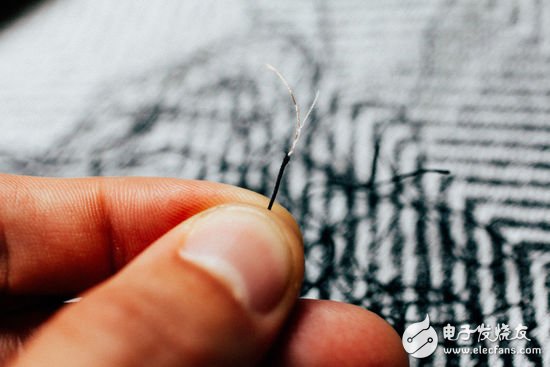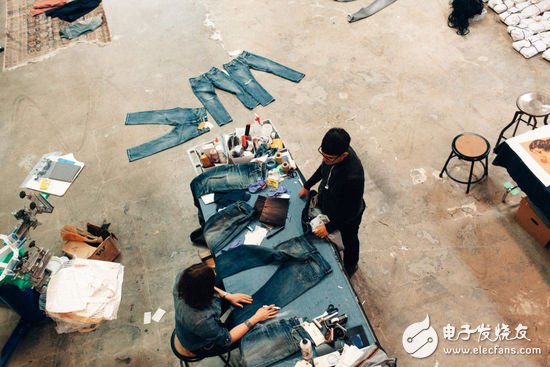Handling wearables with gestures may sound like a future, but this year at the Google I/O conference, another way of interacting with clothing by the ATAP team specializing in cutting-edge technology looks strange: Project Jacquard, whose name comes from old-fashioned Loom.
The basic idea of ​​Jacquard is to add circuits to textiles. In this way, clothes, pants, car seats, and curtains become interactive media, and people can control mobile phones, computers, wearables, and even home appliances. There have been no similar attempts before, but what is important is how to make this fabric mass-produced.
The main technical challenges are: how to integrate the production process into the factory production process of textiles, and how to ensure that the electronic circuits and chips are not afraid of the high temperature of ironing, the blisters of the washing machine, and the damage caused by the user during the wearing process. Yes, how to make the clothes recognize some gestures as accurately as possible.

Avan's internal technical director, Ivan Poupyrev, imagines the future that clothes communicate well with other online worlds. For example, when you are ready to go to work in the morning and start wearing a jacket, the phone automatically books Uber for you; when you put on running shoes, it automatically Track the movement data; while you slide over the sleeves of your clothes, you can unlock the phone and give voice commands to it.
Because clothes are the most primitive, but the most natural "wearable device." Instead of using a hand ring to detect the number of steps, it is better to use shoes to be more precise. Poupyrev said in an interview with Wired: "Other wearable devices do, we will do it, and it is not as difficult as imagined. In addition, There will be more that they have not done."

Of course, Google does not want to open up the territory in the fashion industry, but wants to provide applications and APIs for manufacturers and developers to promote the development of this technology. Currently, the ATAP team has worked with a Japanese fabric factory to weave conductive wires with cotton threads and retain a soft touch that supports different colors, cotton/chemical/silk textures. In addition, they collaborated with Levi's to design a cotton jacket with Project Jacquard. The touch sensing area of ​​the jacket can recognize multi-touch and support the operation of the space within a certain distance.
Through collaboration with these vendors, Google is also gaining a deeper understanding of some of the details of the fashion industry. For example, the supply chain is too complicated, the testing process of materials is also very much, and most importantly, consumers may not buy it at all. Paul Dillinger, Levi's innovation department, has some skepticism about wearables, but still optimistic about its potential. He said, "We realize that although people live in the physical world, they are increasingly dependent on the digital world."
Let's take a look at how the technology of the future is made.
48V25Ah Lithium Ion Battery,48V25Ah Lifepo4 Battery,48V Lithium Battery For Electric Scooter,48V25Ah Lithium Battery Pack
Jiangsu Zhitai New Energy Technology Co.,Ltd , https://www.zhitaibattery.com